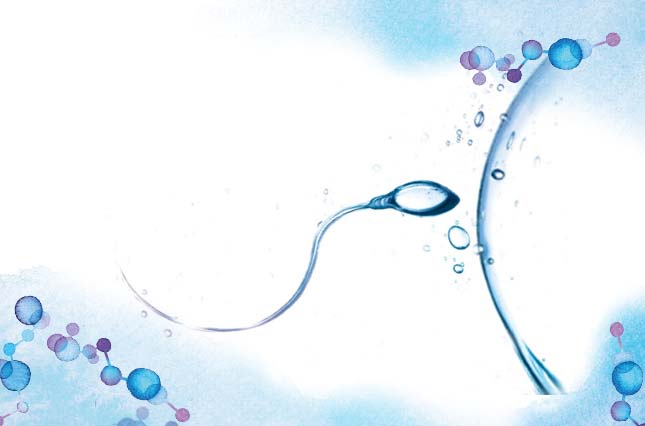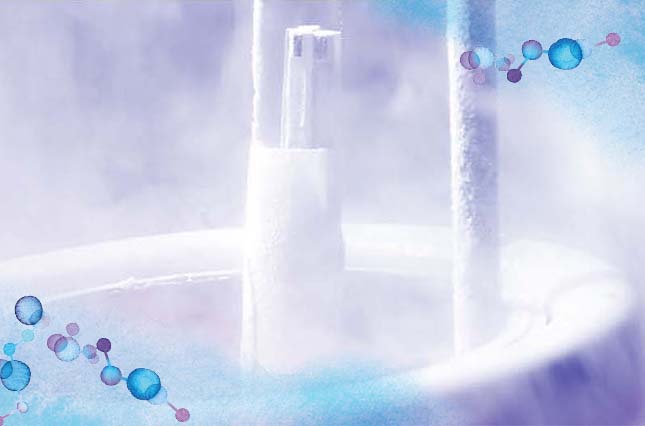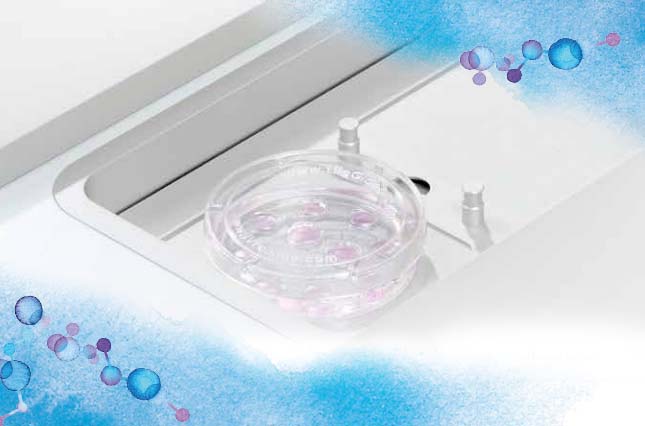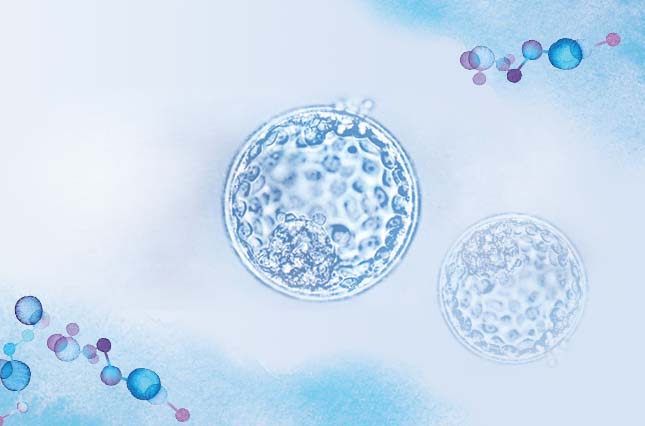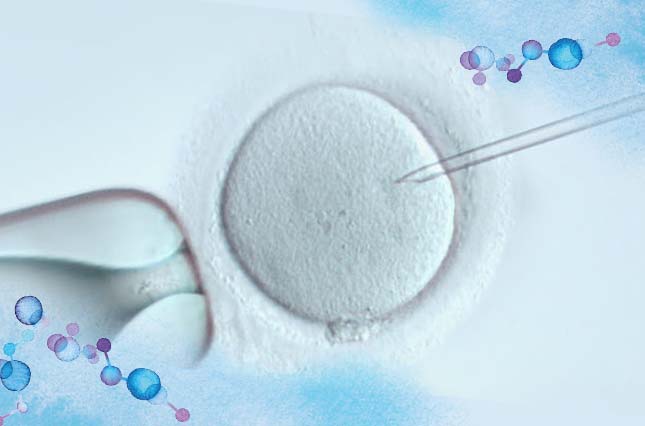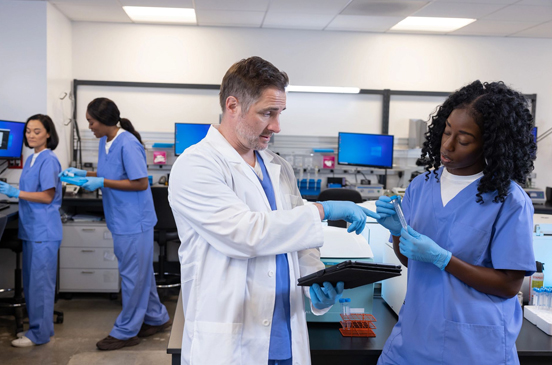TPC Micropipettes

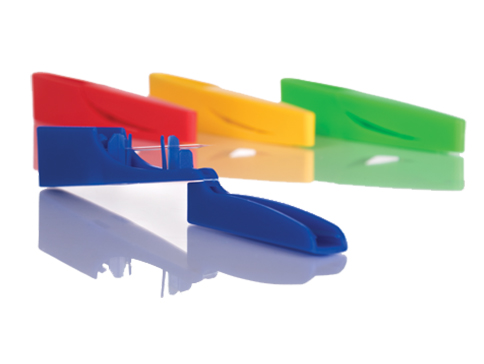
High-quality pipettes for IVF procedures
TPC offers a range of premium micromanipulation pipettes which have been designed to provide optimal clinical outcomes and minimize oocyte degeneration rates.1,2,3
- Designed by embryologists and reproductive scientists
- High-quality pipettes available since 2000
- Precision manufactured to the strictest standards
- Every pipette is checked and measured repeatedly during production
Availability
These products are available for sale in Europe, the USA, Canada and Australia, as well as selected countries in the rest of the world.
This diverse range includes micropipettes designed to be suitable for all routine micromanipulation techniques:
ICSI – The direct load and injection of a single sperm into an oocyte to facilitate fertilization
Biopsy – Polar body or cell sampling from an embryo for genetic testing
Holding – Stabilizes or manipulates oocytes or embryos
Zona dissection – Removes or “thins” the outer layer (zona pellucida) of the embryo
Assisted hatching – Creates an opening in the zona pellucida
Each micropipette is designed to be compatible with standard microscope systems used in fertility laboratories, allowing for seamless integration into existing workflows.
Packaging
All our TPC micropipettes are packaged in a recyclable cardboard box of 10. CooperSurgical encourages all clinics to recycle when possible.
Pipettes are individually packaged and gamma sterilized for optimum sterility. For easy identification, pipettes are packed in color-coded protective holders. Outer labels are also color-coded.
TPC ICSI Micropipettes
TPC ICSI Micropipettes are designed to minimize the likelihood of oocyte damage.1,2,3 They are designed with a long parallel taper to provide enhanced fluid controlduring micromanipulation. 1
This ICSI pipette has a precision-engineered Sharp-Blunt Spike™ tip that penetrates the zona pellucida easily, minimizing the risk of tearing the oolemma and subsequently causing oocyte degeneration.4
TPC spikes are consistent and uniform in both shape and length.

Designed with an extra-long parallel taper and a small inner diameter (ID):
- to maximize normal fertilization rate2
- Reduction in tripronuclear fertilization2
- associated with an increased proportion of good-quality embryos and higher cell numbers2
- Very fine fluid control and suction during use4
Spike or no spike? It is your choice!
- TPC Sharp-Blunt Spike™ tip micropipettes are designed for easy penetration of the zona pellucida and gentle progression through the oolemma to minimize the risk of tearing.4
- Some are also available with no spike to decrease the risk of ooplasm leakage after ICSI and cytoplasm aspiration:3 LICR-BA21TA35, LICR-BA21TL0.6 and LICR-OD5.
All our glass micropipettes are 1.0mm diameter at the end that fits the pipette holder. It is the industry standard to fit with micromanipulators such as our RI Integra 3™.
To optimize results, ICSI micropipettes should be used together with a high-quality microscope, a micromanipulation system and well-functioning injectors.
Using an ICSI micropipette requires skill and precision, as the technique is highly delicate and requires a well-trained hand. Regular training and practice can also improve your technique and ensure consistent results. Read more about our possibilities for training here.
There are several different types of ICSI micropipettes available, each with its own unique characteristics and features. The most common types include blunt and sharp-tipped micropipettes, as well as micropipettes with a beveled or angled tip. The choice of micropipette will depend on factors such as the size and quality of the oocytes and sperm being used, the preferences of the fertility specialist or embryologist, and the specific requirements of the fertility treatment.
TPC Biopsy Micropipettes
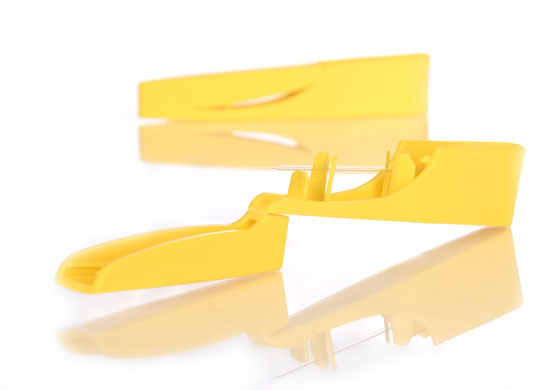
The long parallel taper of these biopsy micropipettes provides smooth effortless fluid control during micromanipulation.4
Key features:
- Inner diameter (21-25µm ID) that allows biopsy of blastomeres and trophectoderm
- Smaller ID (19-23µm) are used for zona-free blastocyst biopsy
According to the ESHRE PGT Consortium, the biopsy pipette should be changed for each embryo/oocyte to avoid cross-contamination.6
It is the same as for any micropipette used for aspiration, such as ICSI pipettes.
All our pipettes should be stored at room temperature, in the original unopened packaging, away from contamination, moisture and direct heat.
TPC Holding Micropipettes
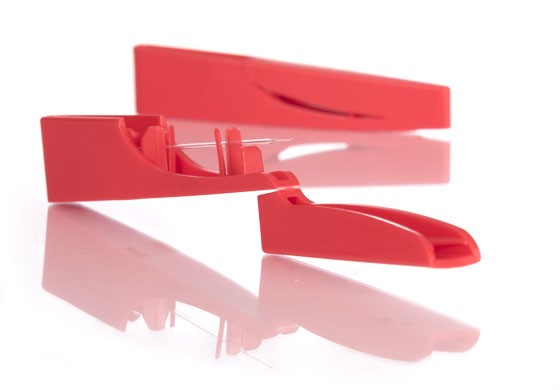
Key features:
- Square-shaped, flat-faced pipettes provide a substantial and stable platform, offering enhanced support for delicate oocytes and embryos
- Proportionately large ID provides better support and reduces distortion during micromanipulation4
TPC Assisted Hatching Micropipettes
- Flat, square and lightly heat-polished to reduce the possibility of damage to the embryo or polar body due to sharp edges
- Ergonomic design
TPC Partial Zona Dissection (PZD) Micropipettes
- Fine tip and a sharp cutting edge
- Ergonomic design to support manual and micromanipulation handling
References
1. Bryan Woodward (2010), “Commentary: Oocyte degeneration following ICSI”, Journal of Reproductive and Stem Cell Biotechnology, Vol 1, No 9, page 193
2. Yavas, Y.A.L.C.I.N., Roberge, S.Y.L.V.I.E., Khamsi, F.I.R.O.U.Z., Shirazi, P.A.R.V.I.N., Endman, M.W. and Wong, J.C., 2001. Performing ICSI using an injection pipette with the smallest possible inner diameter and a long taper increases normal fertilization rate, decreases incidence of degeneration and tripronuclear zygotes, and enhances embryo development. Journal of Assisted Reproduction and Genetics, 18(8), pp.426-435.
3. Vanderzwalmen, P., Bertin, G., Lejeune, B., Nijs, M., Vandamme, B. and Schoysman, R., 1996. Two essential steps for a successful intracytoplasmic sperm injection: injection of immobilized spermatozoa after rupture of the oolema. Human Reproduction, 11(3), pp.540-547.
4. Dianna Payne (2010), “Commentary: Oocyte degeneration following ICSI”, Journal of Reproductive and Stem Cell Biotechnology, Vol 1, No 9, page 193
5. Nagy, Z.P., Varghese, A.C. and Agarwal, A. eds., 2019. In Vitro Fertilization: A Textbook of Current and Emerging Methods and Devices, section 47.7 Mechanical Opening
6. ESHRE PGT Consortium and SIG-Embryology Biopsy Working Group, Kokkali, G., Coticchio, G., Bronet, F., Celebi, C., Cimadomo, D., Goossens, V., Liss, J., Nunes, S., Sfontouris, I. and Vermeulen, N., 2020. ESHRE PGT Consortium and SIG Embryology good practice recommendations for polar body and embryo biopsy for PGT. Human Reproduction Open, 2020(3), p.hoaa020.
Product codes
ICSI Micropipettes
| Type | Order Code | Tip to Bend Distance | Bend Angle | Inner Diameter (µm) | Outer Diameter (µm) | Bevel Angle |
|---|---|---|---|---|---|---|
| Injection (no spike) | LICR-BA21TA35 | 0.6mm | 35° | 5.0-6.0 | 6.0-7.0 | 21° |
| Injection | LICR-ID4 | 1mm | 30° | 4.5-5.0 | 5.0-6.0 | 24° |
| Injection | LICR-ID4TA30 | 0.6mm | 30° | 4.5-5.0 | 5.0-6.0 | 24° |
| Injection (no spike) | LICR-OD5 | 1mm | 30° | 4.7-5.3 | 5.0-6.0 | 20° |
| Injection | LICR-TA20 | 1mm | 20° | 5.0-6.0 | 6.0-7.0 | 30° |
| Injection | LICR-TA35 | 1mm | 35° | 5.0-6.0 | 6.0-7.0 | 30° |
| Injection | LICR-TL0.5 | 0.5mm | 30° | 5.0-6.0 | 6.0-7.0 | 30° |
| Injection | LISR | 1mm | 30° | 5.0-6.0 | 6.0-7.0 | 30° |
Holding Pipettes
| Pipette Type | Order Code | Bend Angle | Inner Diameter (µm) | Outer Diameter (µm) | Tip to Bend Distance |
|---|---|---|---|---|---|
| Small Holding | LHC-OD75TA35 | 35° | 14-18µm | 75-85µm | 1mm |
| Medium Holding | LHC-OD100TA35 | 35° | 14-18µm | 90-110µm | 1mm |
| Medium Holding | LHC-OD100ID20 | 30° | 18-23µm | 90-110µm | 1mm |
| Medium Holding | LHC-OD100TA20 | 20° | 18-23µm | 90-110µm | 1mm |
| Standard Holding | LHC-ID15 | 30° | 14-18µm | 110-130µm | 1mm |
| Standard Holding | LHS | 30° | 20-27µm | 110-130µm | 1mm |
| Standard Holding | LHC-TA20 | 20° | 20-27µm | 110-130µm | 1mm |
| Standard Holding | LHC-TA35 | 35° | 19-27µm | 110-130µm | 1mm |
| Standard Holding | LHC-ID30 | 30° | 28-35µm | 110-130µm | 1mm |
| Standard Holding | LHC-ID30TA35 | 35° | 28-35µm | 110-130µm | 1mm |
Biopsy Pipettes
| Tip Type | Order Code | Bevel Angle | Inner Diameter (µm) | Outer Diameter (µm) | Tip to Bend Distance |
|---|---|---|---|---|---|
| Beveled and Polished 40° | LBSR | 30° | 25-29µm | 29-33µm | 1mm |
| Flat and Polished | LBC-OD27BA90 | 30° | 23-27µm | 23-27µm | 1mm |
| Flat and Polished | LBC-OD30BA90 | 30° | 25-29µm | 25-29µm | 1mm |
| Flat and Polished | LBC-OD32TA35 | 35° | 28-32µm | 28-32µm | 1mm |
| Flat and Polished | LBC-OD35BA90 | 30° | 31-35µm | 31-35µm | 1mm |
| Flat and Polished | LBC-OD35TA35 | 35° | 31-35µm | 31-35µm | 1mm |
| Flat and Polished | LBC-OD40BA90 | 30° | 35-39µm | 35-39µm | 1mm |
| Flat and Polished | LBC-OD40TA35 | 35° | 35-39µm | 35-39µm | 1mm |
Assisted Hatching Micropipettes
| Type | Order Code | Tip to Bend Distance | Bend Angle | Inner Diameter (µm) | Outer Diameter (µm) |
|---|---|---|---|---|---|
| Zona Drilling | LDS | 1mm | 30° | 12-14µm | 25-29µm |
Zona Dissection Micropipettes
| Type | Order Code | Tip to Bend Distance | Tip Angle |
|---|---|---|---|
| Zona Cutting | LCS | 1mm | 30° |
Get In Touch With Us
We’d love to hear from you. How can we help?
Brochures, Catalogs & Flyers
Product Data Sheet
Product Data Sheet
Product Brochures
Product Brochures
Procedures
Want unlimited First line support?
All our USA and Europe Customers get free unlimited first line support with a service contract.
Support & Compliance
Our global team is committed to providing the highest standards of service and support.
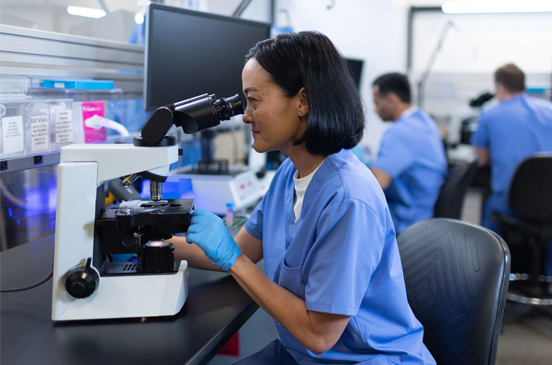
Batch Certificates
Use this tool to enter your batch number and download the corresponding certificate of analysis.

Service
We offer a range of contract options to suit your needs: preventative maintenance and service, reliable access to spare parts, product training, and online handling of service requests.
Get In Touch With Us
We’d love to hear from you. How can we help?

